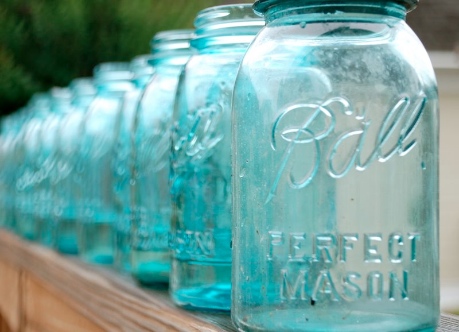Why recycle?
Prevention is better than trying to fix something when it's too late. By recycling, you are helping the environment out tremendously, because not only are the effects of pollution and greenhouse gasses killing animals, they are slowly killing you too.
- Dumping our trash into landfills is not sustainable. Our landfills can leak and contaminate soil and groundwater.
- Recycling white paper creates 74% less air pollution and 35% less water pollution.
- Recycling creates jobs, the recycling industry employs more than the auto industry.
- Recycling saves money, and not only that but some places even pay you to recycle.
What happens to recyclables?
- Glass bottles become new glass bottles.
- Steel cans are used for automobile parts and construction material.
- Plastic bottles are recycled into carpet, clothing, auto parts, and new bottles.
- Paper is recycled into new paper.
What are the benefits of recycling?
- Reduces the amount of waste sent to landfills, which in turn saves landfills from leakages of toxins.
- Conserving natural resources.
- Prevents pollution.
- Saves energy
- Reduces greenhouse gasses, which in turn helps eliminate global climate change.
- It helps sustain the environment for years to come.
What are the statistics?
- One ton of recycled newsprint paper saves 601 kilowatts of energy, 71 gallons of oil, 60 pounds of air pollutants, 7.000 gallons of water and 4.6 cubic yards of landfill.
- One ton of recycled office paper saves 17 trees, 7,000 gallons of water, 463 gallons of oil, 3 cubic yards of landfill.
- One ton of recycled plastic saves 5,774 kilowatts of energy, 16.3 barrels of oil, and 30 cubic yards of landfill.
- One ton of recycled glass saves 42 kilowatts of energy, 5 gallons of oil, 7.5 pounds of air pollutants, and 2 cubic yards of landfill.
- If every American recycled one-tenth of their newspapers it would save 25,000,000 trees a year.
- Americans use 2,500,000 plastic bottles every hour and more than 75% are thrown away.
- 100,000 marine creatures die per year from plastic entanglement or digesting it.
What can I recycle?
- Aluminum cans.
- Aluminum foil and bakeware.
- Steel and tin cans.
- Cardboard.
- Magazines.
- Office paper.
- Newspaper.
- Paperboard.
- Paper cardboard dairy and juice cartons.
- Junk Mail.
- Phone books.
- Clear glass.
- Brown glass.
- Green glass.
- Plastics.
- Car batteries.
- Household batteries.
- Rechargeable batteries.
- Incandescent and LED lights.
- Compact fluorescent bulbs.
What can't be recycled?
- Glass contaminated with dirt, rocks or food.
- Ceramics.
- Heat resistant glass.
- Mirror or window glass.
- Metal or plastic caps and lids.
- Crystal.
How can I recycle?
- Call a recycling pick up service
- Use a recycling service like Clynk
- Reduce and reuse (Pinterest is a great tool for DIY)
- Compost
- Donate or sell used clothes
Resources and more about this topic:
-
http://www.lessismore.org/materials/28-why-recycle
-
https://www.epa.gov/recycle/recycling-basics
-
https://www.ecocycle.org/files/pdfs/why_recycle_%20brochure.pdf
-
http://www.wm.com/thinkgreen/what-can-i-recycle.jsp

 Salt and pepper shakers! These simple cute shakers will be a staple in your house AND it's super quick and easy! Find out how to make them here
Salt and pepper shakers! These simple cute shakers will be a staple in your house AND it's super quick and easy! Find out how to make them here Toothbrush holder! This DIY only needs 2 items, a mason jar, and chicken wire! Find out how to make this DIY here
Toothbrush holder! This DIY only needs 2 items, a mason jar, and chicken wire! Find out how to make this DIY here Soap dispenser! If you use liquid soap in place of bar soap this is a simple way to spice up your bathroom counter and its plastic-free. Find out how to make this DIY here
Soap dispenser! If you use liquid soap in place of bar soap this is a simple way to spice up your bathroom counter and its plastic-free. Find out how to make this DIY here
